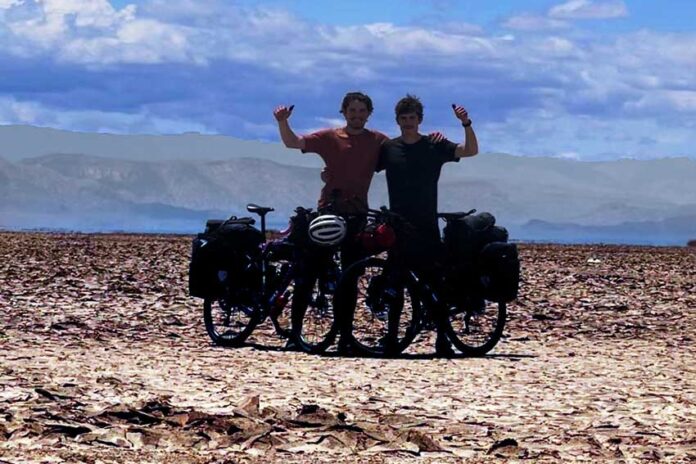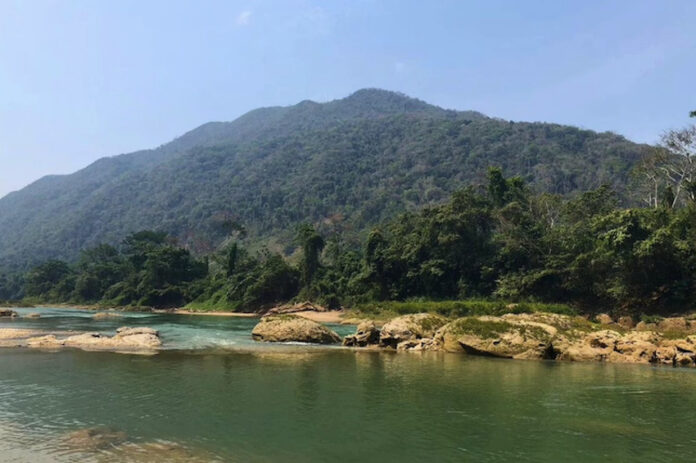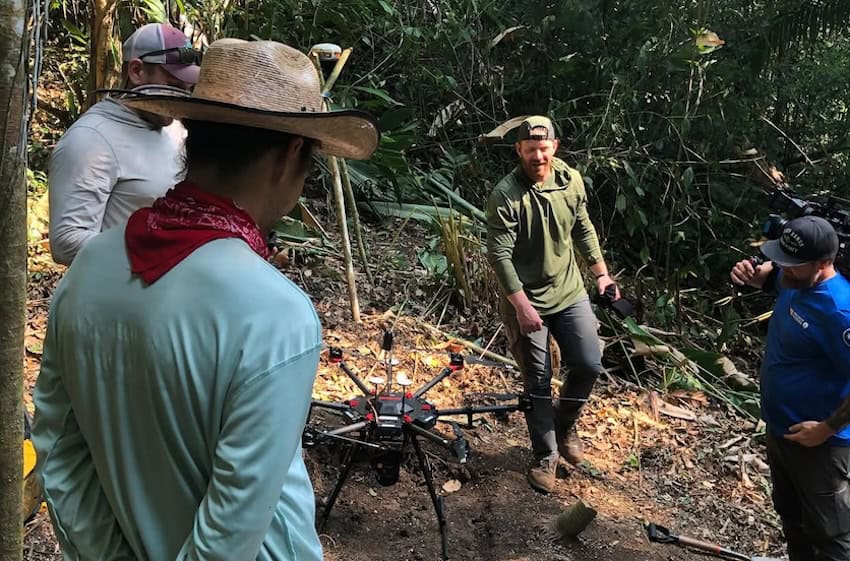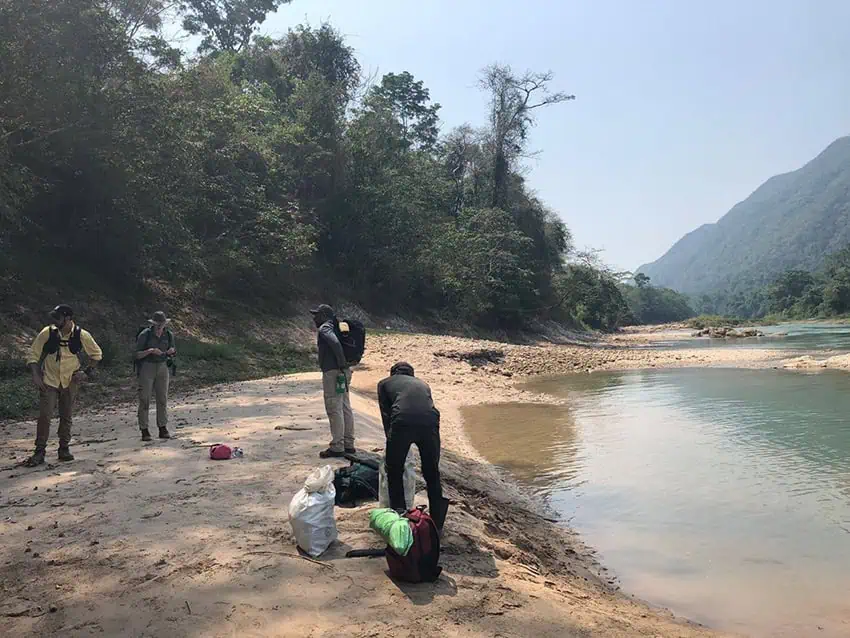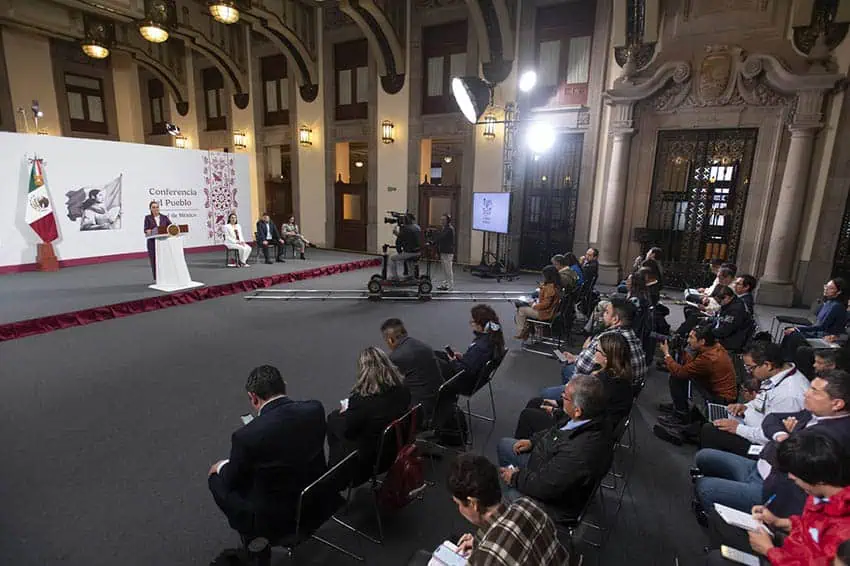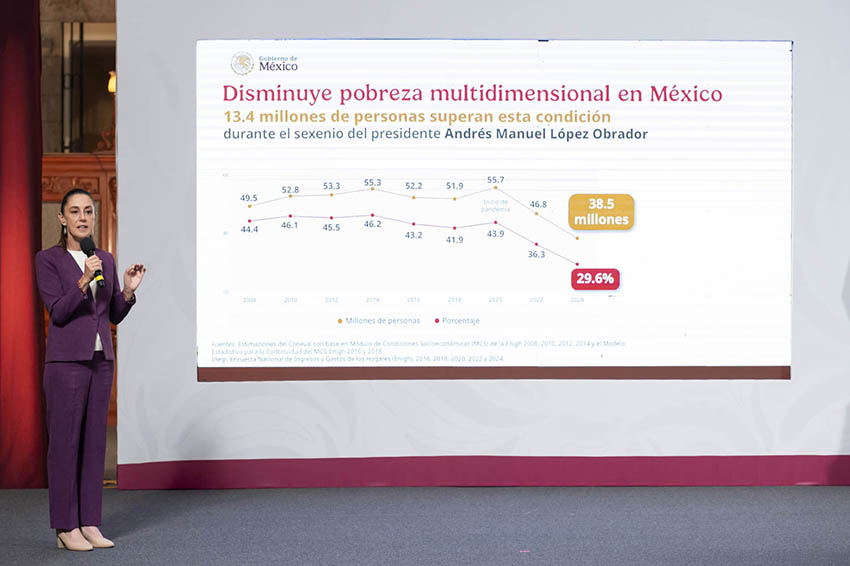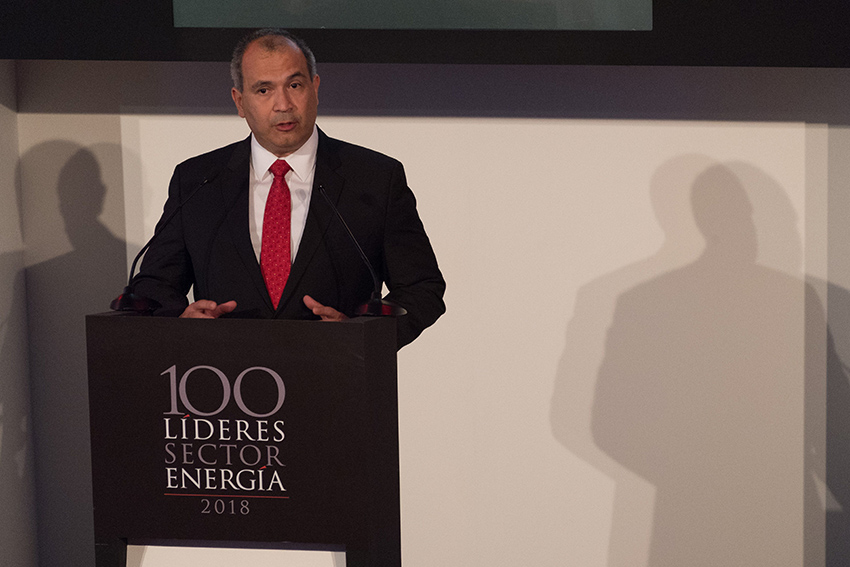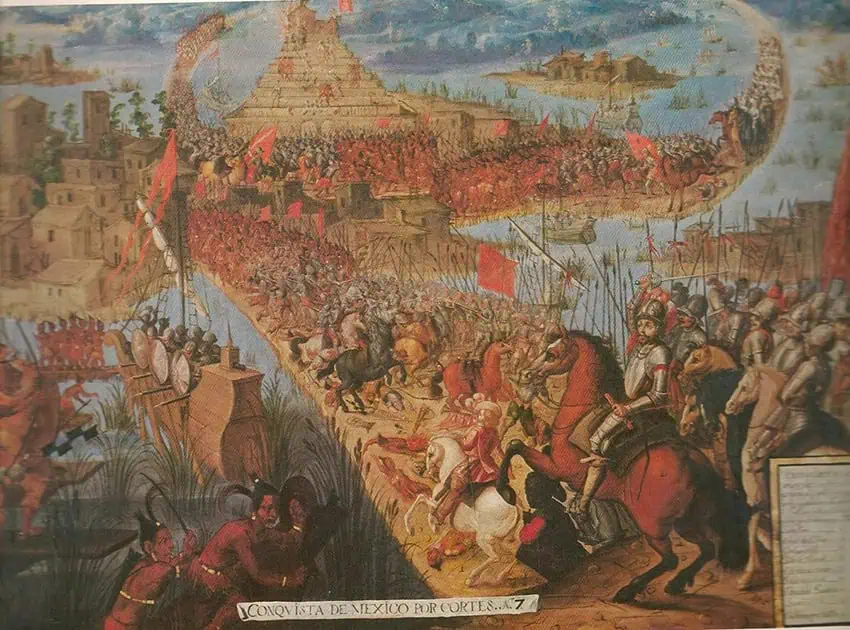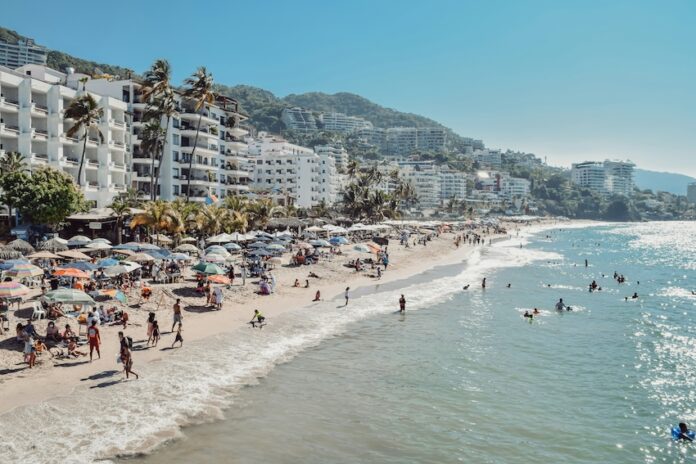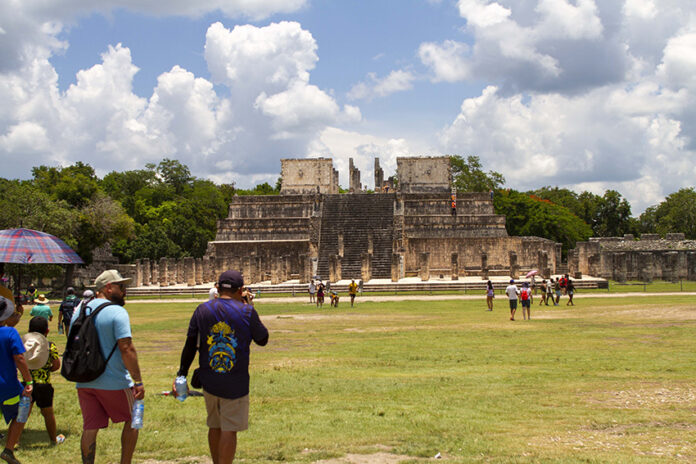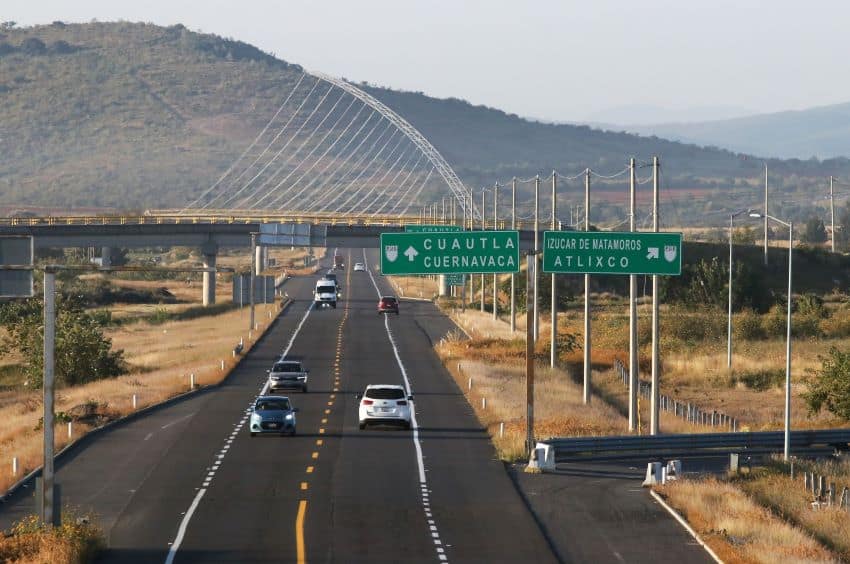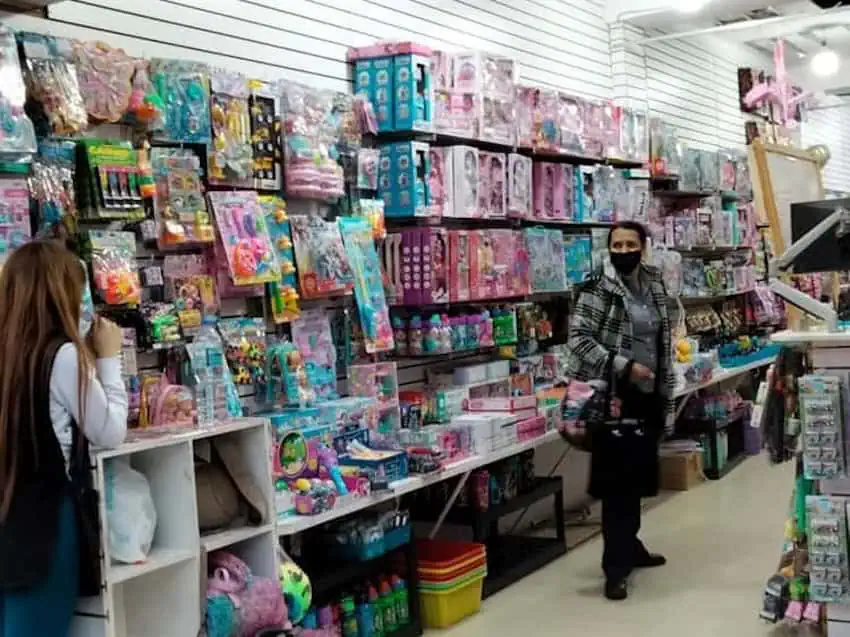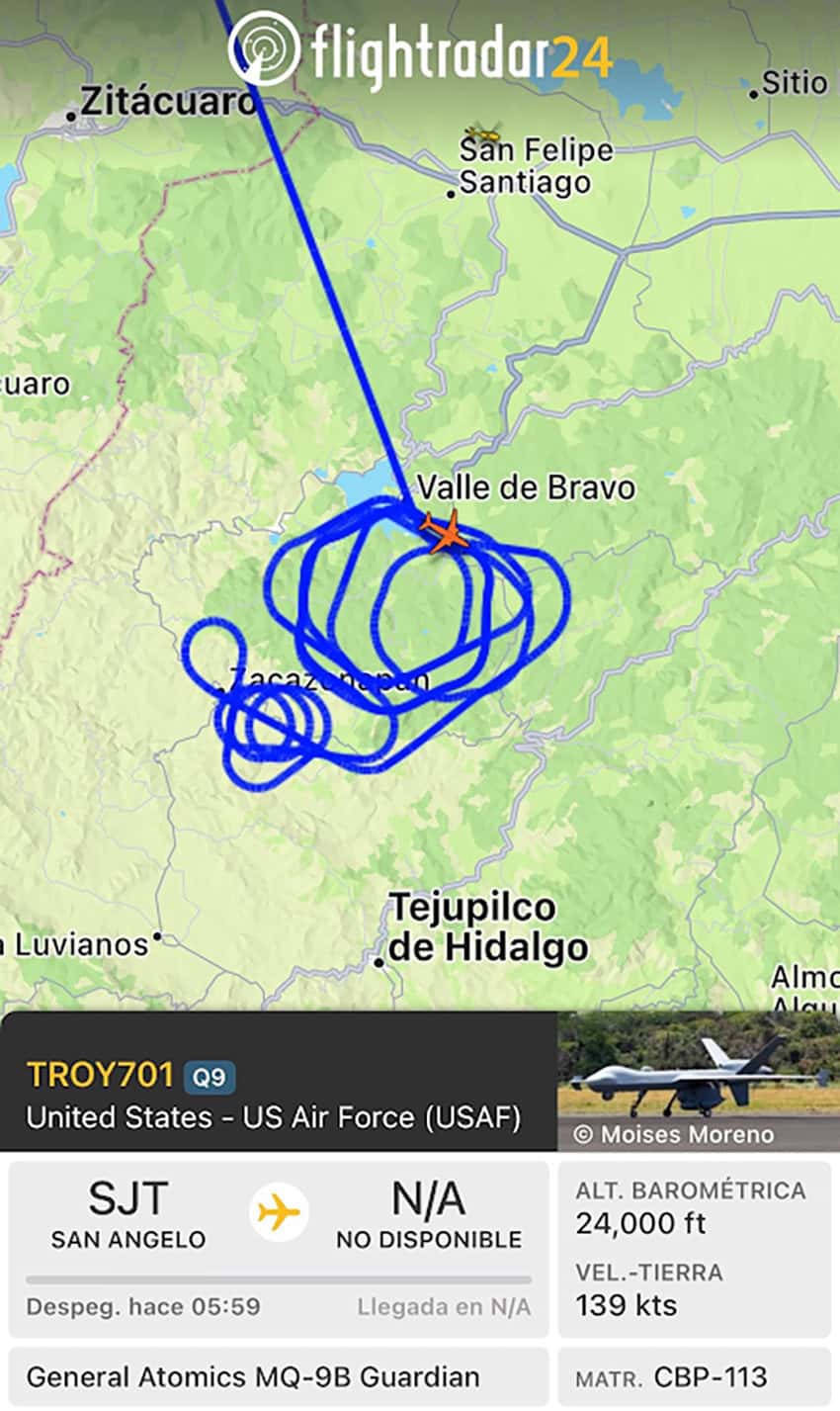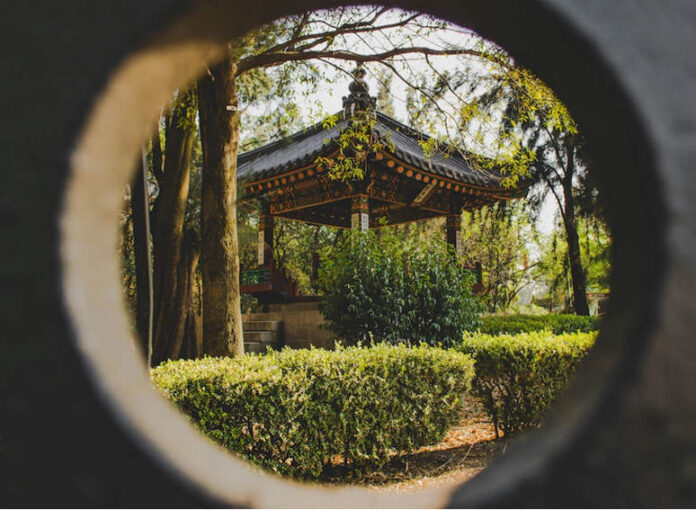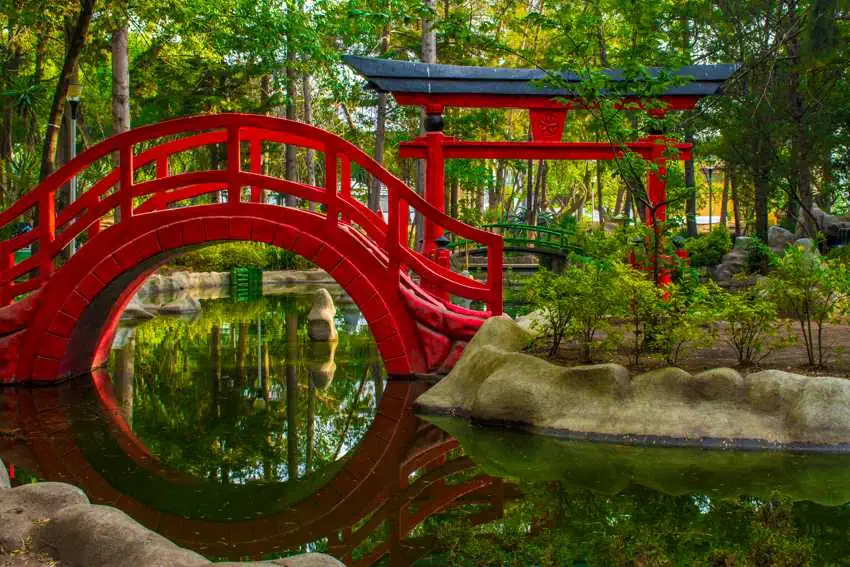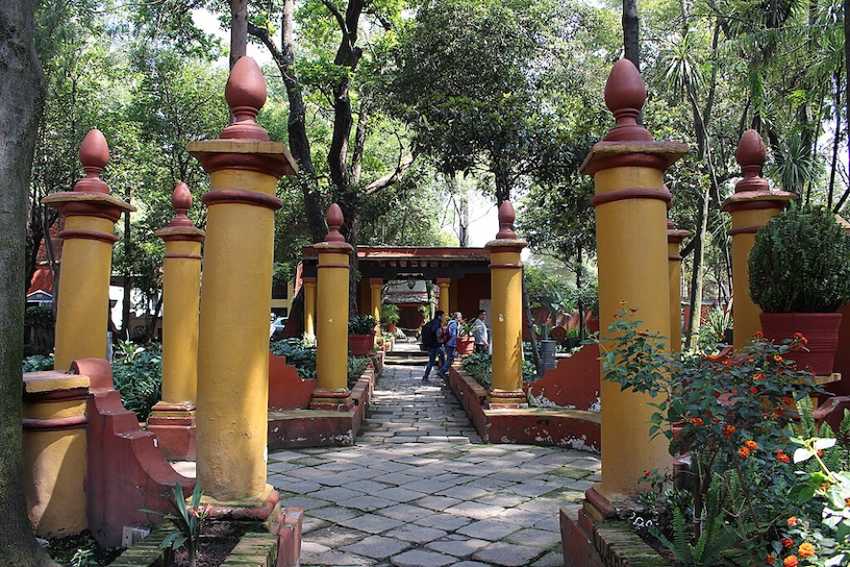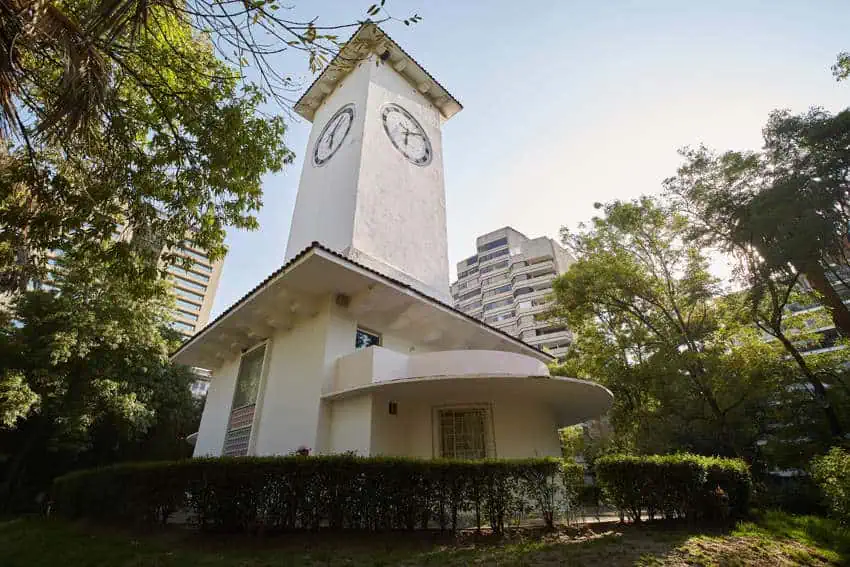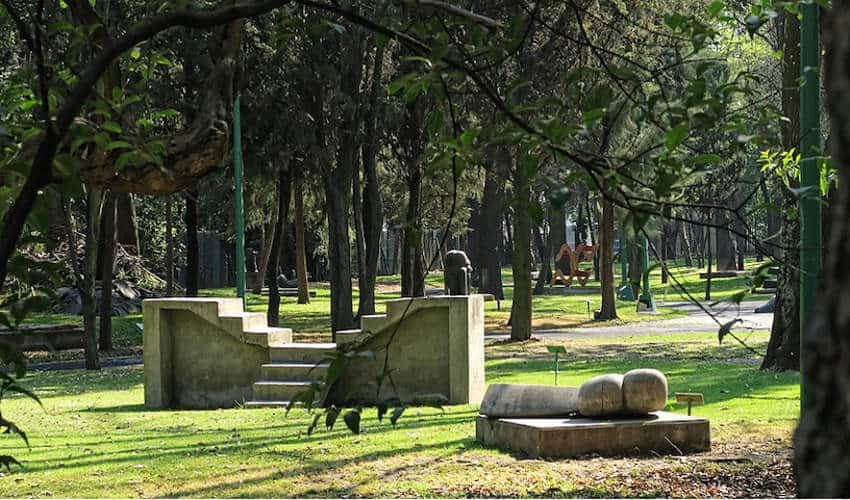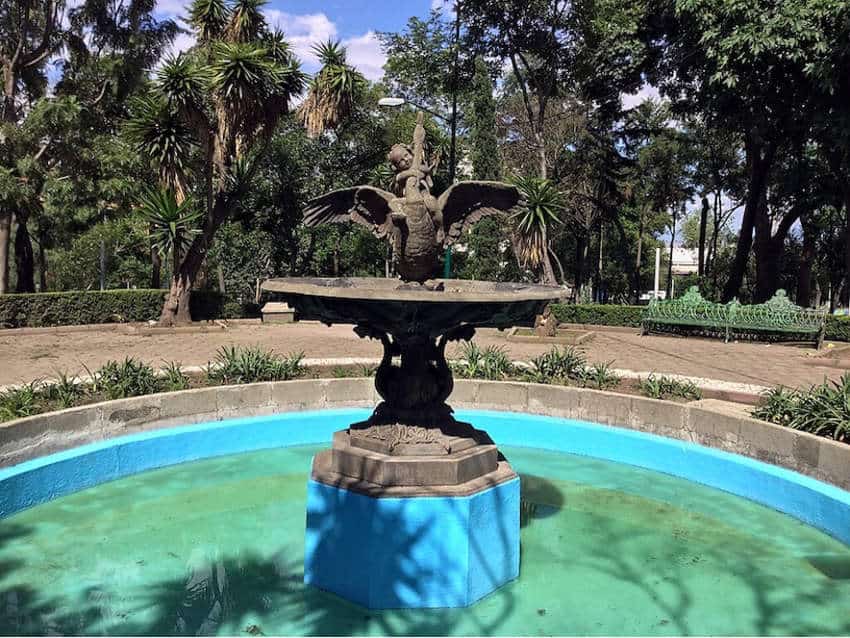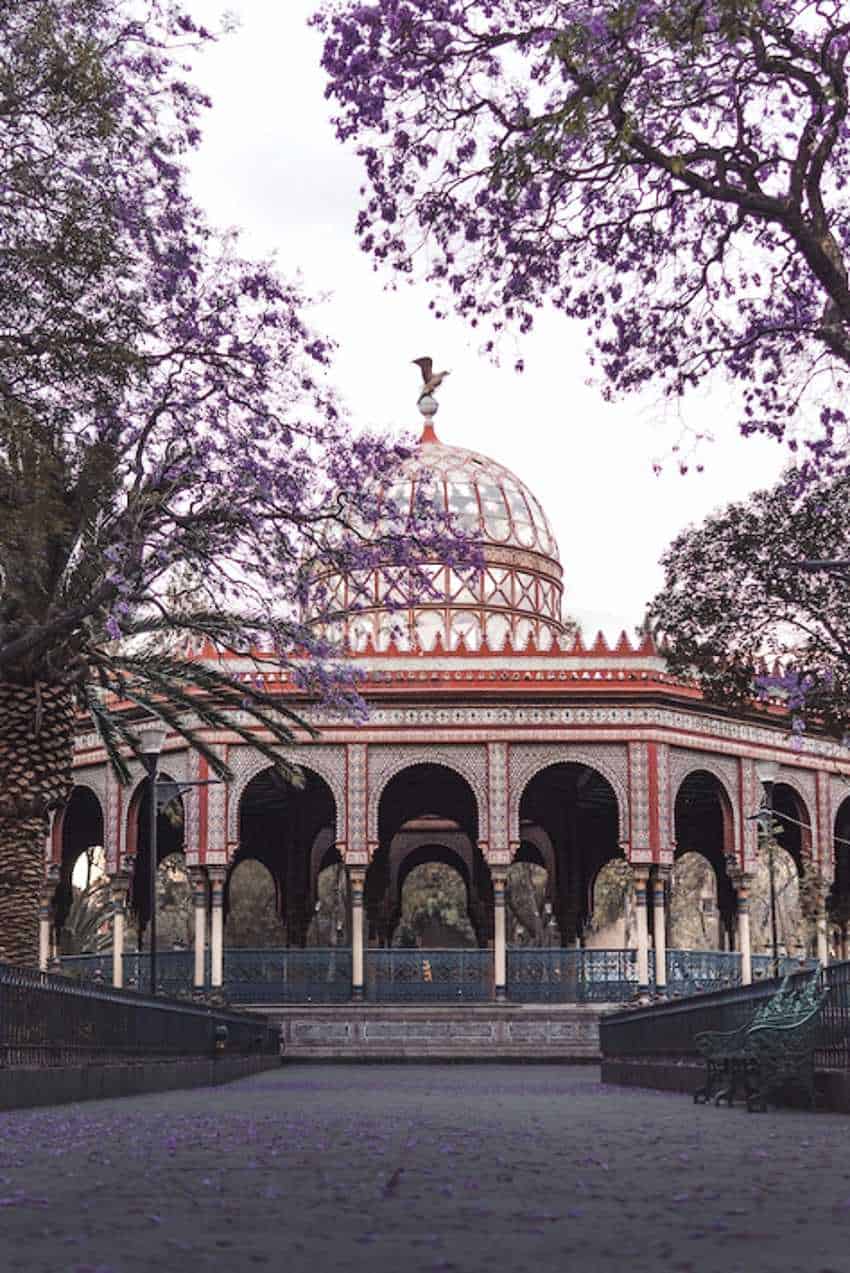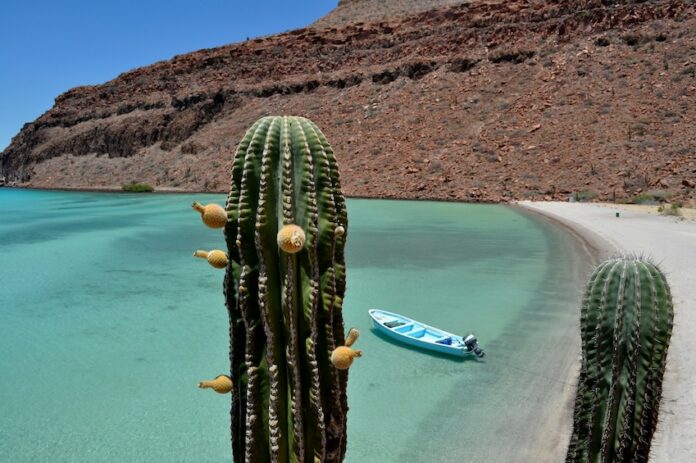A neighbor of mine is a member of Warmshowers, an international organization that provides long-distance cyclists with a place to rest and wash, free of charge. The other day, he invited me to meet two Irish lads from Cork who were bicycling their way from Vancouver, Canada, to Ushuaia, Argentina, a distance of 12,641 kilometers.
The cyclists, Jack Kenny and Oisin Dennehy, had arrived in Guadalajara after 51 days of hard pedaling, covering as many as 165 kilometers in one day.
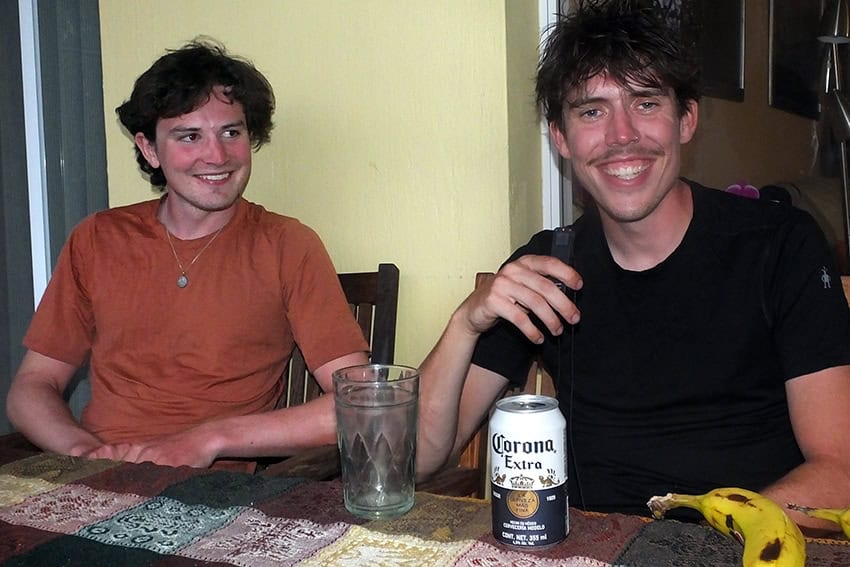
A hot time in Baja
I asked Oisin how Mexico was treating them.
“The first days were rough,” he said. “But it was our fault, not Mexico’s. We entered through Mexicali and headed down Baja California in May. It was the worst heat experience we ever had.” The BikePack Boys, as they call themselves on Instagram, were soon enduring temperatures of 47 degrees Celsius (117 degrees Fahrenheit), so hot that very few businesses were open during daylight hours along their route. On various occasions, the pair were saved by truck drivers who saw them and stopped to give them water.
“To make matters worse,” continued Oisin, “we had a 15-mile-an-hour headwind the entire time. It was like pitting yourself against 10,000 hair dryers. Honestly, we came close to hallucinating.”
Eventually, the hikers reached Santa Rosalia, halfway down the peninsula.
“At this point,” recalls Oisin, “I was so dehydrated and suffering from heat stroke that I went into the desert and tried to create a bit of shade by tying my tent up against a cactus. However, my attempt to create shade failed because the wind blew down whatever I tried to put up. So, after two hours of basically lying in the sun, I had to get back on the bike because I was running out of water. That was our most miserable day.”
The two cyclists told me they had been hit by the travel bug at age 20 and had started by “tripping around Europe.” Jack then did a long bike ride from Cork to Istanbul, which led to two years of planning a trip through the Americas.
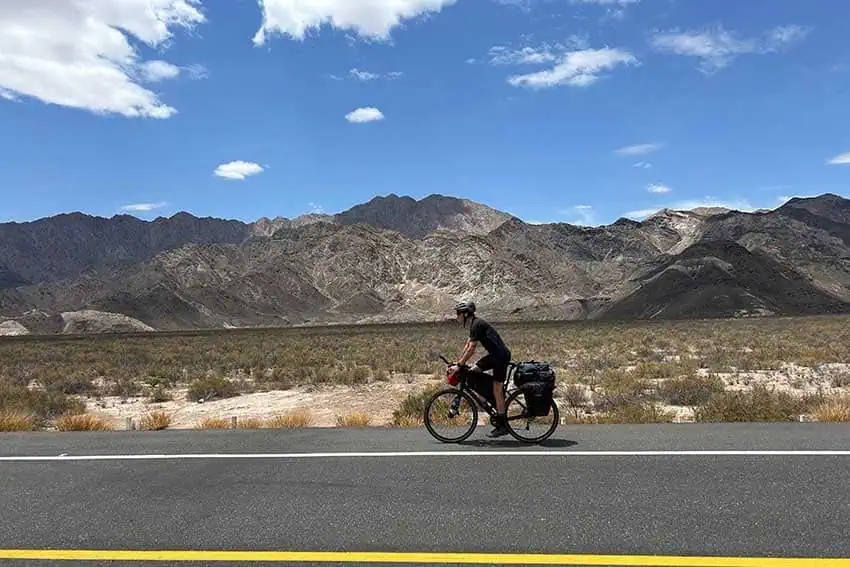
“Ultimately,” said Jack, “we wanted an adventure, to cross borders and meet people, to get beyond preconceptions. We are going to take a few days off here in Guadalajara and try to immerse ourselves in the culture, meet new people, and try new food.”
The logging trail from Hell
“Was your ride down Baja the toughest part of the trip?” I asked the pair.
“Perhaps even worse,” said Oisin, “was a certain logging trail in Oregon. We had been enduring nonstop, intense rain for two days when we got onto that trail. It was very remote. There wasn’t even a road, just rock, gravel and steep gradients.”
“After lifting our bikes over multiple landslides in the pouring rain,” continued Jack, “our skin was puckered as if we had been swimming for hours. I emerged from the logging trail maybe half an hour before Oisin, and I said to myself: ‘We are going to treat ourselves and get a motel. This is too awful an experience not to take a warm shower.’”
“Then, two minutes after emerging from this non-road, a 4×4 truck came up to me. The driver put down his window and shouted, ‘Where are you coming from?’ And I said, ‘From the logging trail,’ and he got this very surprised look. Then he said, ‘Do you need anything? Do you need food or drink?’”
“So we ended up staying three days with this man and his wife, while we dried out.”
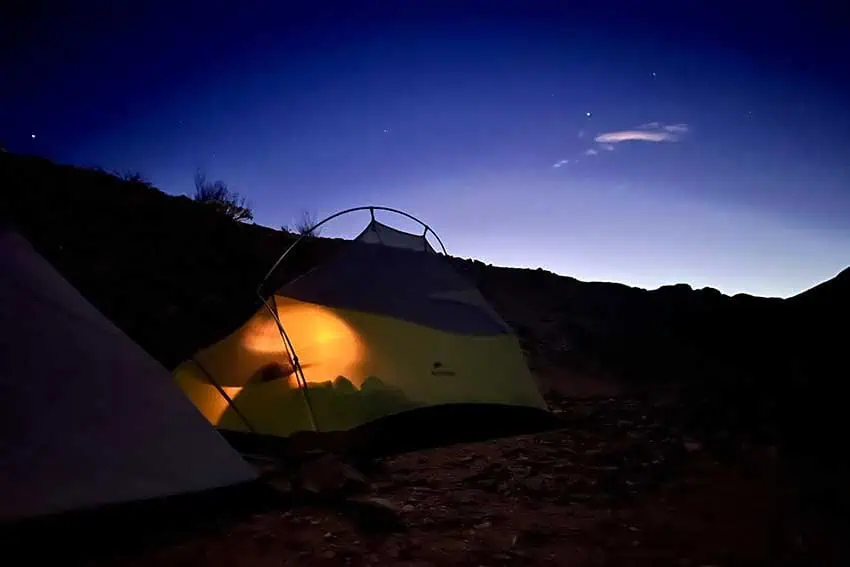
A Mexican welcome
The night before reaching their Warmshowers host in the Guadalajara area, the two Irish cyclists slept in Ixlán del Río, Nayarit.
“Let me tell you about that,” said Jack, “because I think it will give you an inkling of the welcome we have been receiving from Mexicans.”
“I had been suffering for days from gastroenteritis. So I found a little hospital in Ixtlán where I saw a doctor. They asked me to come back to get my blood work done. When I showed up in the morning, they smiled and said ‘Oh, Mr Kenny!’ as if I were a familiar face and they greeted me warmly, gave me a bottle of water and sat me down and when I was about to leave, a couple of the nurses hugged me and wished me luck on my adventure. Now I’ll tell you: You will get a good experience in an Irish hospital, but you won’t get a hug!”
Jack and Oisin reached Mexico City in June, and there their trans-American tour came to a halt.
“My gastrointestinal problems had gone from bad to worse,” Jack lamented, “and no amount of testing could find the cause. So, we’ve had to put our trip on pause. But we’ll be back!”
Danger ahead
“After cycling halfway down Mexico, how safe have you felt in this country?” I asked the BikePack Boys.
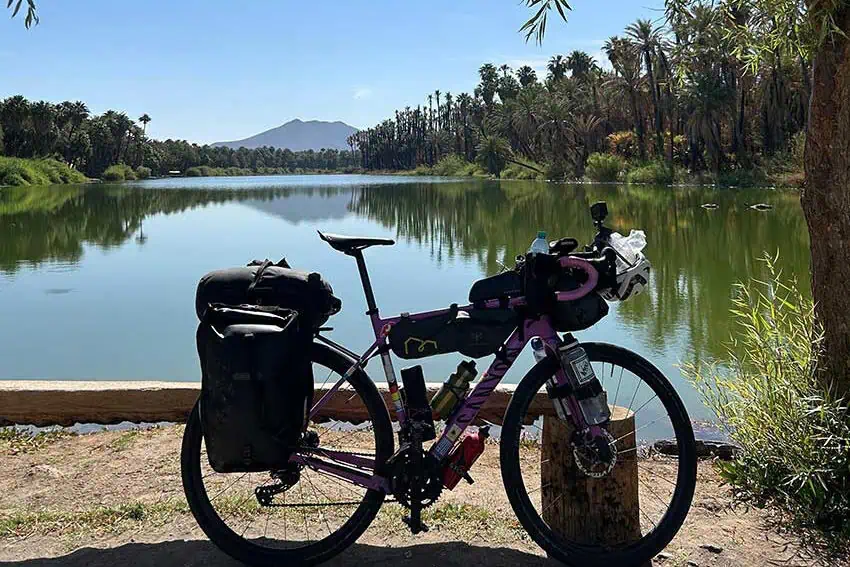
“It’s funny,” replied Oisin. “In the U.S., we were told to prepare for the worst when we got into Baja.”
“‘It’s full of dangerous two-legged creatures,’ we were told.”
“When we got to Baja, we were treated royally, but everybody said, ‘Watch out for the dangerous people in Mazatlán.’”
“In Mazatlán, they told us the same story about Sinaloa, and in Sinaloa, they told us how dangerous it is in Guadalajara. When we got there, they said, ‘Beware of Michoacán,’ and then it was ‘God help you in Mexico City.’”
“Well, now we are in Mexico City, and I tell you, we’re just hoping to get robbed, so it will turn out that all those people were telling the truth.”
On June 11, the BikePack Boys returned to Ireland, unharmed. Except, that is, for the bane of many a foreign traveler: Montezuma’s Revenge.
John Pint has lived near Guadalajara, Jalisco, for more than 30 years and is the author of “A Guide to West Mexico’s Guachimontones and Surrounding Area” and co-author of “Outdoors in Western Mexico.” More of his writing can be found on his website.
